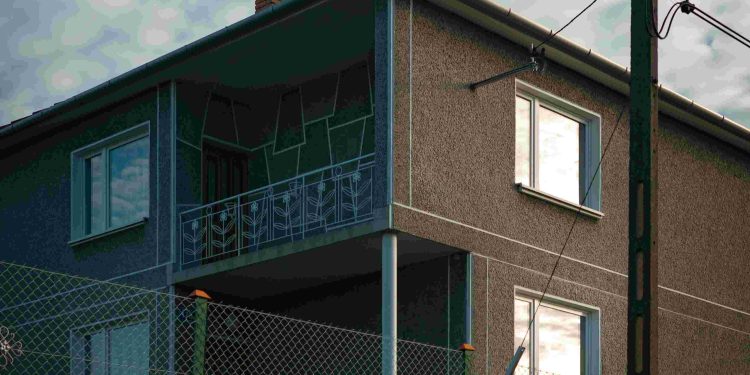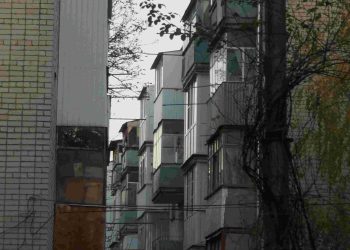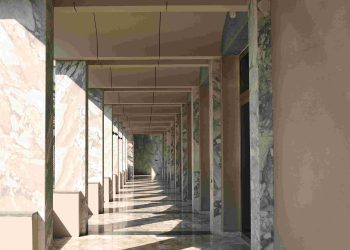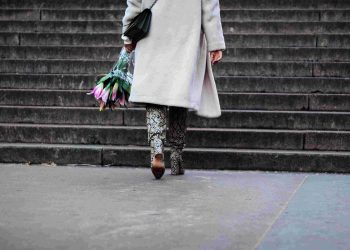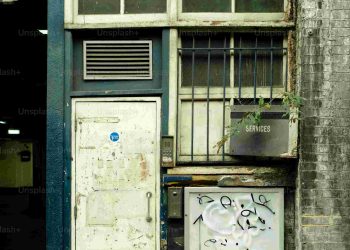Modern Urban Edge Design Concepts
The Boldness of Change: Rethinking Urban Design
The skyline of a major city is a story, an intricate narrative where steel, glass, and concrete converge with human ambition. Yet, how often do we pause to question whose story it truly tells? Does this built environment serve its human inhabitants, or is it primarily a monument to traditionalist thinking? The modern era demands not just buildings but a deeper harmony between form, function, and the evolving needs of urban life. The time has come not for evolution, but for revolution in how we design our cities.
My first encounter with this disparity came during a personal project to renovate a modest downtown café in Chicago. What started as a simple interior update spiraled into larger questions: Why do we design spaces for profit rather than people? Why are cities symmetrical but not empathetic? This project turned into an awakening, propelling me to think larger than a single storefront—and stretching my view into the very bones of urban spaces.
Standard Thinking, Unstandard Problems
For decades, much of urban design has leaned on the outdated philosophies of the 20th century, often driven by ideals like efficiency, zoning, and visual uniformity. Ironically, cities built with such principles often feel anything but livable. Modern challenges—climate change, overcrowding, technological shifts—require a departure from square grids and symmetry.
Take, for example, the work of urban designer Jane Jacobs, who, decades ago, criticized “top-down” planning in favor of “organic” growth and street-level vibrancy. Her ideas, though revolutionary then, have only scratched the surface of what is possible today. Why? Because the demands of the 21st century have introduced complexities—digital transformation, shifting work habits, and climate resilience—that challenge even her best principles.
Interdisciplinary Insights: Psychology, Sociology, Technology
To address these challenges, we must fuse disciplines: psychology to understand how spaces affect mental well-being, sociology to shape shared human experiences, and technology to create smarter, adaptive environments. Consider this: Studies in environmental psychology reveal that nature-integrated architecture dramatically improves mood and productivity. Green spaces stimulate not just the eye but the soul in ways that stone and steel cannot.
On the technological front, smart cities are a tangible glimpse into the future. Harnessing IoT (Internet of Things) technology, lighting systems adjust to real-time foot traffic, reducing energy waste and improving pedestrian safety. Buildings dynamically optimize temperatures based on occupancy, cutting down energy expenses for users. Yet these advancements should not replace, but rather amplify, the human experience.
Prediction: Cities of Tomorrow
What will cities look like in the year 2040? They will not simply be “smarter”– they will be more human-centric. Imagine a city where buildings are modular and adaptive, designed to shift shapes and functions as the neighborhood evolves. Streets might prioritize cycling and pedestrian spaces, relegating cars to supporting roles. Instead of skyscrapers that isolate, vertical villages could mix living and working spaces, creating true communities—three-dimensionally interconnected.
Digital work and remote-first culture may decentralize urban cores, reshaping suburbs and smaller cities into collaborative hubs. With fewer people commuting every day, urban planners may even reclaim idle roads for public parks or mixed-purpose spaces. This change, however, will require bravery to challenge car-centric norms—a fight worth pursuing.
Practical Steps Toward Better Design
Great urban design requires not just visionaries but collaborators. If you are a designer or architect, ask yourself: Does my work address social equity? Do spaces I create actually contribute to societal well-being? If you are a policymaker, prioritize zoning codes that encourage community-driven growth rather than corporate investments. And as a citizen? Advocate for accessible green spaces, pedestrian-centric neighborhoods, and sustainable infrastructure.
- Push for local initiatives that democratize the design process, allowing residents to co-design their neighborhoods.
- Support experimental projects—parks on abandoned rails or public pavilions grown with AI-driven design simulations.
- Encourage developers to partner with behavioral psychologists and environmental scientists.
A Personal Imperative: Education as the Blueprint
Above all, self-education is key. Cities shape us, but we must also shape them. Returning to my café refurbishment story, what I learned wasn’t only about paint or furniture—it was about people. Seeking courses, joining community discussions, and staying informed on shifts in planning regulations molded my understanding of urban design into something profoundly actionable.
If you love your city, don’t wait for someone else to take the first step. Take a public transport ride, and observe how it flows—or doesn’t. Walk different neighborhoods and see who feels included and excluded. Start thinking small, but dream big. Urban design is not reserved for architects; the pulse of any city belongs to its citizens.
Full Circle: Why This Matters More Than Ever
In the end, modern urban edge design isn’t just about beauty or innovation. It touches the core of who we are and how we navigate shared spaces in increasingly fractured worlds. If we continue to see cities as static entities, we’ll remain trapped in systems that fail to grow alongside us. But if we embrace their dynamic potential, cities could become mirrors of our desires, hopes, and evolving innovation.
As the philosopher Ludwig Wittgenstein once noted, “The world of the happy man is a different one from that of the unhappy man.” This truth applies to urban environments too; cities should pave the way for collective contentment rather than systemic frustrations. The question isn’t whether this revolution is possible—the question is, will you be part of it?

